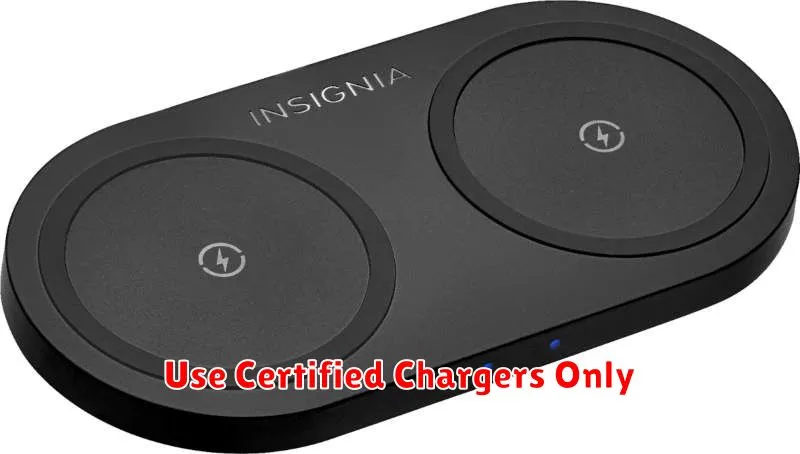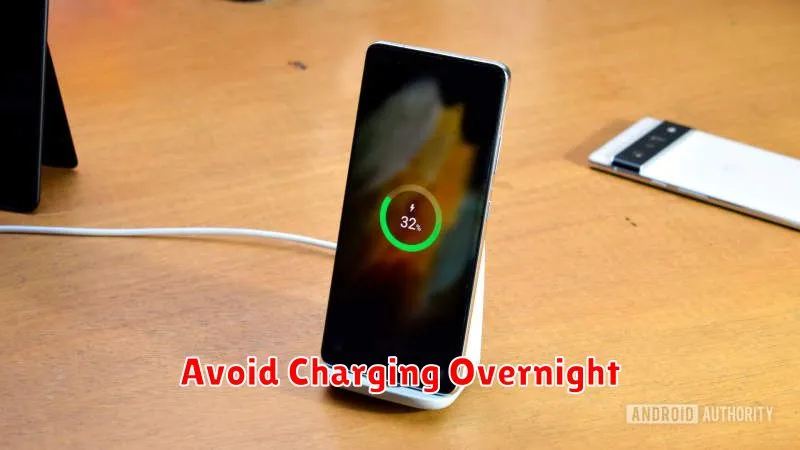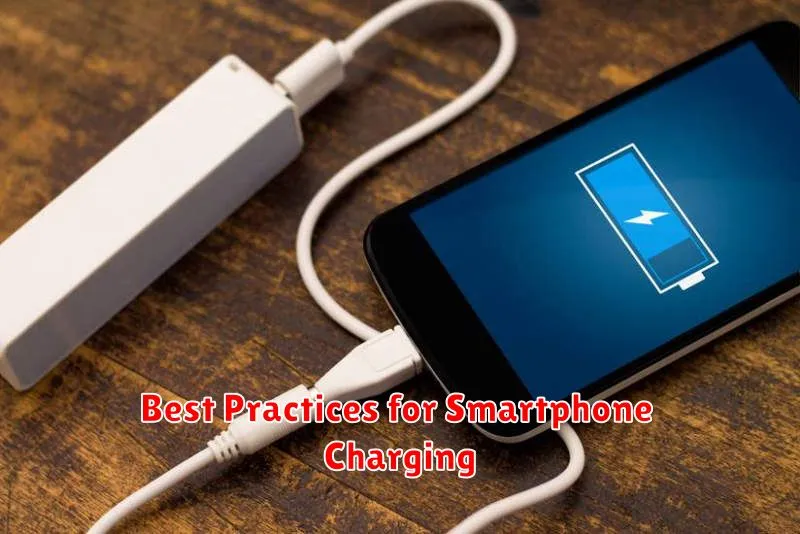Are you tired of your smartphone battery constantly dying on you? Do you feel like you’re tethered to a wall outlet? You’re not alone. Maximizing your phone’s battery life and ensuring its longevity depends heavily on adopting the best practices for smartphone charging. This article will delve into the most effective strategies for keeping your phone powered up and performing optimally, addressing common charging misconceptions and offering practical tips for smartphone battery health and optimal charging habits.
From understanding optimal charging levels and the importance of using the correct charger to debunking charging myths and identifying the signs of a damaged battery, we’ll cover everything you need to know about smartphone charging best practices. Whether you have the latest model or an older device, implementing these guidelines will significantly improve your battery’s performance and lifespan, freeing you from the constant worry of a low battery. Learn how to charge your smartphone correctly and keep it powered for longer.
Avoid Full Discharges
Modern lithium-ion batteries, commonly used in smartphones, do not benefit from full discharges like older battery technologies. In fact, deep discharges can put additional strain on the battery and shorten its overall lifespan.
It’s best to keep your phone’s battery level above 20%. While you don’t need to constantly monitor it, be mindful of letting the charge drop too low frequently.
Partial discharges followed by top-ups are preferable to letting the battery completely deplete before recharging. This practice helps maintain the battery’s health and optimize its performance over time.
Use Certified Chargers Only

Using a certified charger is crucial for the longevity and safety of your smartphone. Certified chargers, often denoted with markings like “UL Certified” or “CE,” have undergone rigorous testing to ensure they meet specific safety and performance standards.
These chargers are designed to deliver the correct voltage and amperage to your device, preventing overcharging, overheating, and potential damage to the battery. Counterfeit or uncertified chargers may not adhere to these standards, posing a significant risk to your device and even your safety.
Key benefits of using certified chargers:
- Optimized charging speeds: Certified chargers deliver optimal power for efficient charging.
- Prevent battery damage: Consistent and regulated power delivery helps maintain battery health.
- Enhanced safety: Reduced risk of overheating, short circuits, and fire hazards.
Always check for certification markings on the charger and packaging. Investing in a certified charger is a small price to pay for the safety and well-being of your device and yourself.
Keep Battery Between 20%-80%
Maintaining your smartphone’s battery charge within the 20%-80% range is a crucial practice for prolonging its lifespan. Modern lithium-ion batteries are susceptible to degradation from both high and low charge levels. Consistently charging to 100% or letting the battery drain completely puts added stress on the battery’s internal components.
Think of it like a muscle: constantly flexing it at maximum capacity (100% charge) or letting it atrophy (0% charge) leads to fatigue and eventual weakening. Keeping the battery within the “comfort zone” of 20% to 80% minimizes this stress and helps maintain the battery’s overall health.
While it might seem inconvenient to not always charge to full capacity, the long-term benefits for your battery’s health are substantial. This practice helps to slow down the chemical aging process within the battery, maximizing its usable lifespan and preserving its ability to hold a charge effectively over time.
Avoid Charging Overnight

While convenient, regularly charging your smartphone overnight can contribute to battery degradation over time. Modern smartphones utilize lithium-ion batteries, and these are susceptible to stress from prolonged exposure to high voltage levels when already fully charged. This process, often referred to as “trickle charging,” can generate excess heat, impacting the battery’s overall lifespan.
Ideally, disconnect your phone from the charger once it reaches 100%. If you prefer charging overnight for convenience, consider using a smart plug programmed to turn off power to the charger after a specified time. This can help mitigate the negative effects of prolonged charging.
Leaving a phone plugged in after it’s fully charged isn’t inherently dangerous, thanks to built-in safety mechanisms in modern devices and chargers. However, regularly topping off the battery throughout the day, or unplugging it once charged, are preferable strategies for long-term battery health.
Don’t Use While Charging
While convenient, using your smartphone while it’s charging is generally not recommended. This practice can contribute to overheating, which can degrade battery health over time. Heat is a significant factor in reducing a battery’s lifespan.
Using power-intensive applications, such as gaming or streaming video, while charging puts additional strain on the battery and exacerbates heat generation. This can lead to slower charging speeds as the phone attempts to balance power delivery between charging the battery and powering the device.
In some extreme cases, using the phone while charging, particularly with a non-certified or damaged charger, can pose a safety risk. Though rare, there have been instances of overheating leading to burns or even battery malfunctions. Prioritize safety and allow your phone to charge uninterrupted.

